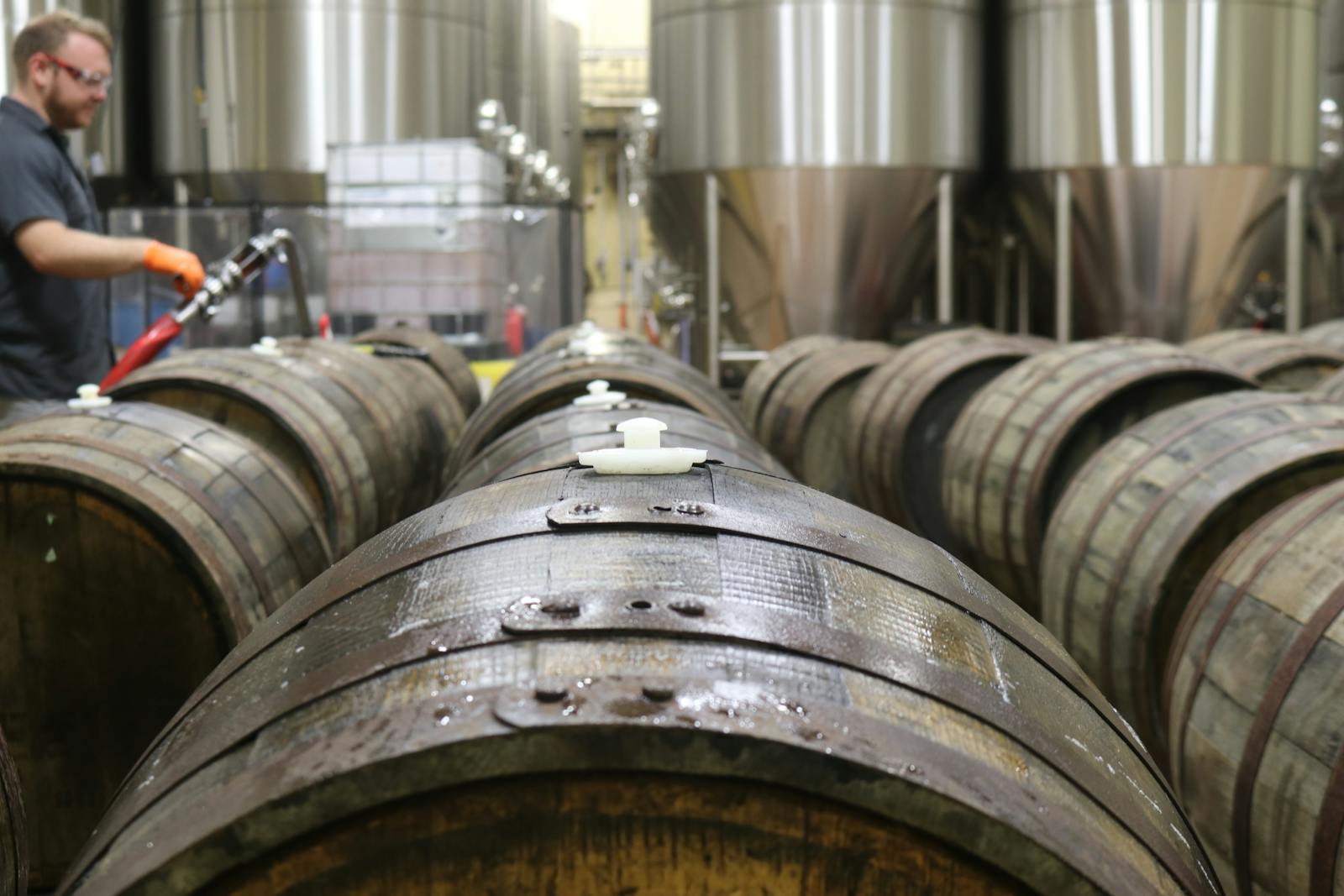Understanding Craft Beer
Definition of Craft Beer
Think of craft beer as the cool kid at the beer party. It’s not just any ol’ brew; it’s personal, made by small indie brewers who want to share their passion with the world, one pint at a time. According to the American guidelines, a craft brewer should be a small and independent operation, making under 6 million barrels a year so you know it’s being made with a little extra love. They don’t answer to The Man, either—at least 75% of their ownership stays out of the big guys’ reach. Independence and size are what make a beer “craft,” and why so many folks are crazy about it.
Craft brewing, having its roots back in the ponytail days of the 70s, is all about high-end taste, flavor, and those age-old brewing magic tricks. Variety is the spice of this life, with styles catering to every taste bud imaginable.
Characteristics of Craft Beer
Craft beer isn’t just a drink; it’s an experience. Here’s what sets it apart from the store-brand fizz:
- Flavor Explosion: Craft beers are like a wild culinary adventure into bold IPAs, luscious stouts, zesty sours, or fruity ales—it’s a flavor party and you’re invited.
- Top-Shelf Ingredients: Craft brewers are picky—they source the crème de la crème of yeast, malt, and hops to give their beer that “where-have-you-been-my-whole-life” taste (Lowercase Brewing).
- Old School Brewing: These brewers are traditionalists at heart, often sticking to the classic methods that your grandpa might vaguely remember, resulting in brews that are anything but basic.
- Local Love: Going local isn’t just a trend, it’s a flavor boost. Using regional goodies makes these beers taste even better and gives you a sense of community pride.
Here’s a quick look at what makes craft beers stand out:
| Trait | Description |
|---|---|
| Flavor Explosion | An endless array of unforgettable flavors |
| Top-Shelf Ingredients | Only the best yeast, malt, and hops make the cut |
| Old School Brewing | Craftsmanship through time-cherished brewing methods |
| Local Love | Locally sourced ingredients make your taste buds dance |
Craft beers aren’t just drinks; they’re memorable experiences waiting to happen, a signature pub magic for everyone who dares to try. For a deeper dive into the world of craft beer, and to make sure your next pick is the real deal, check out our fascinating guide on how do you know if a beer is a craft beer?.
Craft Beer vs. Regular Beer
Key Differences
When I dive into what sets craft beer apart from regular beer, a few big things pop up in my mind. Here’s the scoop:
| Aspect | Craft Beer | Regular Beer |
|---|---|---|
| Production Scale | Brewed by small, independent folks (up to 6 million barrels a year) | Cranked out by the beer giants |
| Ownership | Run by the little guys | Usually tied to big beverage companies |
| Focus | All about the quality, funky flavors, and hands-on crafting | All about consistency and keeping costs low |
| Ingredients | Top-notch stuff and a mix of recipes | Standard ingredients for that same taste every time |
An American craft brewer is seen as a small, independent player, knocking out fewer than 6 million barrels a year with less than a quarter of it owned by non-craft types (Brewers Association). This keeps them nimble, letting them mess around with flavors and processes.
Factors Influencing Variance
What makes craft and regular beer different? Several things:
- Production Scale: Craft folks whip up smaller batches, so they can try out funky flavors and styles. It’s like a candy store of beer with more varieties to explore.
- Ingredients and Techniques: Craft brews go for high-quality ingredients with a sprinkle of artistry. They might toss in exciting hops and malts that regular beers shy away from, always thinking about costs (Silos Brewing).
- Brewing Philosophy: Craft breweries are like mad scientists, always experimenting and trying out cool techniques. Compare that to the big guys who’re all about uniformity and pumping out the same brews again and again (Silos Brewing). This gives craft beer that exciting range of tastes, drawing in folks who love discovering new flavor mixes.
These differences shine a light on the heart and soul poured into craft beers. Whether you just crack open a beer on game day or savor each sip like a connoisseur, knowing how they’re crafted can make any brew taste even better. Want to dig deeper into what gives craft beer its groove? Check out what is considered a craft beer?.
Affiliate Disclosure: This post may contain affiliate links. If you click and purchase through one of these links, we may receive a small commission at no extra cost to you. Thank you for your support!




